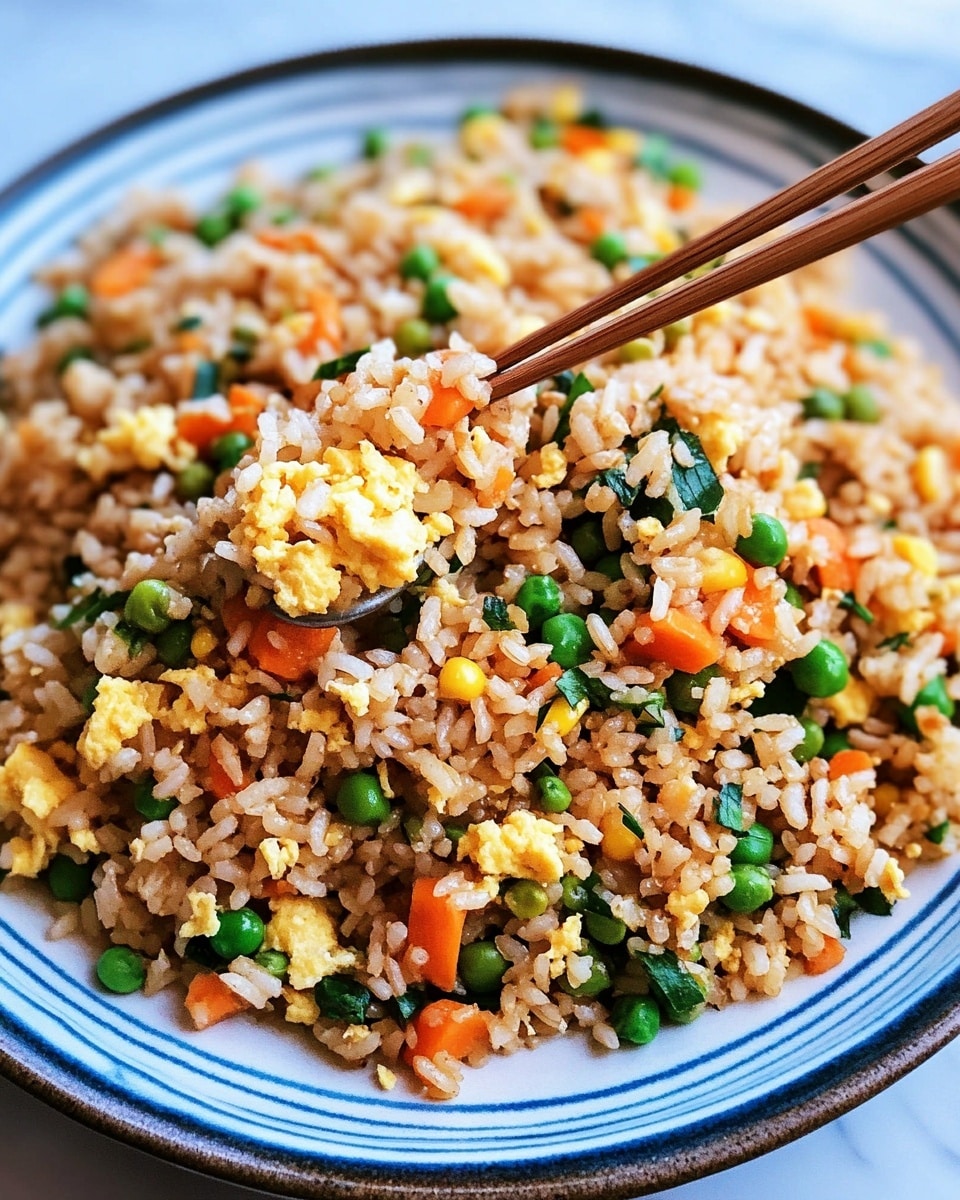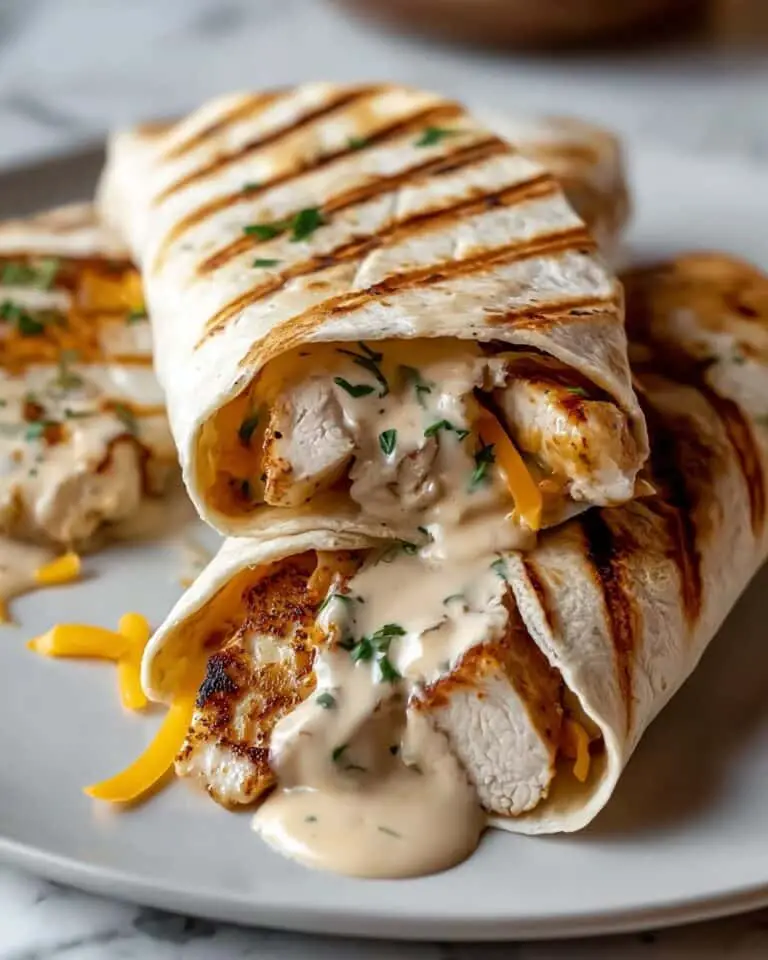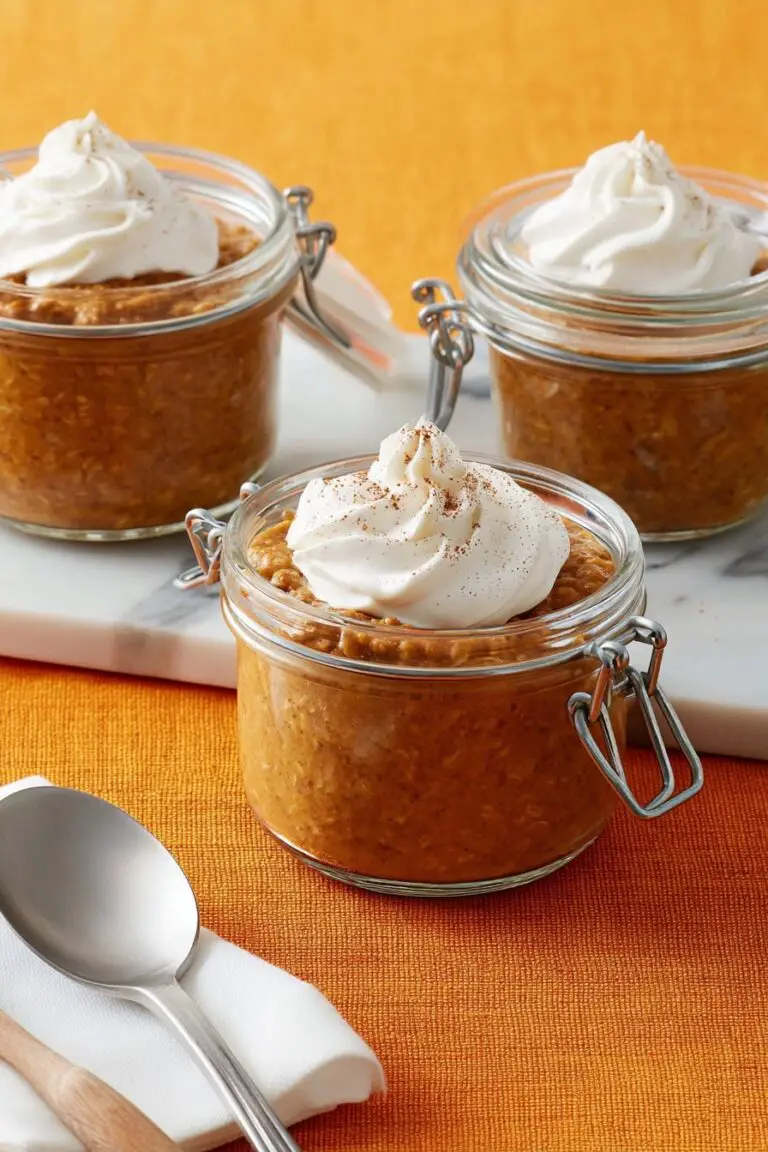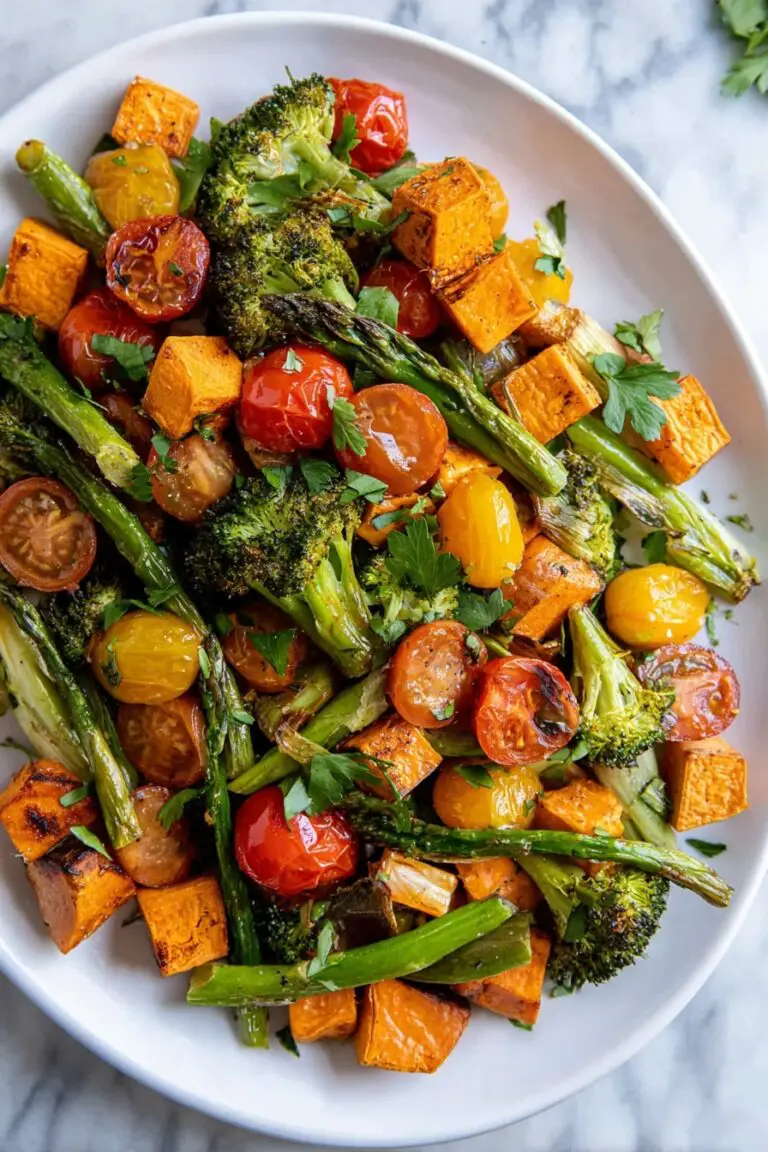I absolutely love sharing this Egg Fried Rice Recipe because it’s one of those dishes that feels like a big warm hug at the end of a busy day. It’s simple to make, but the flavors come together in such a comforting way that it quickly becomes a favorite go-to meal. Whether you’re cooking for your family or just making a quick lunch for yourself, this recipe works perfectly every time.
When I first tried perfecting this Egg Fried Rice Recipe, I was surprised at how the key was really in the timing and the ingredients—the cold cooked rice, the eggs cooked just right, and that savory hint from vegetarian oyster sauce. You’ll find that with just a little attention, it’s easy to get restaurant-quality fried rice right in your own kitchen. Plus, it’s such a great way to use leftover rice and toss in some veggies for a balanced, delicious meal.
Why You’ll Love This Recipe
- Quick & Easy: Ready in just 25 minutes, making it perfect for weeknights or whenever you need a fast meal.
- Versatile & Adaptable: You can easily customize with your favorite veggies or protein additions.
- Restaurant-Quality Flavor: Thanks to the vegetarian oyster sauce and perfectly cooked eggs, it tastes like takeaway without the effort.
- Great Use for Leftovers: Ideal for using cold cooked rice, reducing food waste and saving time.
Ingredients You’ll Need
Each ingredient in this Egg Fried Rice Recipe plays a key role in creating that perfect balance of flavors and textures. Using cold cooked rice helps keep the grains separate, while the mix of soy sauce and vegetarian oyster sauce builds a rich, savory depth.
- Cold Cooked Rice: Leftover rice works best because it’s drier, so frying it prevents mushiness.
- Green Onion: The white parts add savory depth during cooking, and the green parts freshen it up at the end.
- Whole Eggs: They bring a fluffy, comforting texture that ties everything together.
- Sugar: Just a pinch balances out the savory sauces perfectly.
- Salt: Season to taste, especially since soy sauce is salty.
- White Pepper: Adds a subtle spicy warmth without overpowering the dish.
- Oil: A neutral oil with a high smoke point works best for stir-frying.
- Vegetarian Oyster Sauce: This is the flavor star, offering umami richness without seafood.
- Soy Sauce: Adds saltiness and depth; use light soy sauce if possible.
- Frozen Vegetable Mix: A convenient way to add color, texture, and nutrition.
Variations
I love making this Egg Fried Rice Recipe my own depending on what I have around and what mood I’m in. Feel free to swap in different veggies, add in leftover meats, or even give it a spicy kick—it’s so forgiving and flexible!
- Protein Boost: Adding diced chicken, shrimp, or tofu can make it a heartier meal; I often toss in leftover grilled chicken pieces for extra flavor and texture.
- Vegetarian or Vegan: Skip the eggs or use a tofu scramble, and double down on veggies for a plant-based version that’s just as delicious.
- Spicy Twist: A splash of chili oil or a pinch of red pepper flakes turns up the heat—perfect if you like a little kick in your rice.
- Seasonal Veggies: Fresh or frozen peas, corn, carrots, or bell peppers all work wonderfully and keep the dish bright and colorful.
How to Make Egg Fried Rice Recipe
Step 1: Prep and Whisk the Eggs
Start by cracking all five eggs into a bowl. Whisk them together with 1 teaspoon of white pepper and a pinch of salt. This seasoning step makes the eggs flavorful on their own, so don’t skip it! I like to get my egg mixture ready first—it’s faster when the pan heats up.
Step 2: Heat the Oil and Start Cooking
Crank your heat to medium-high and pour in 5 tablespoons of oil. When the oil is hot (you’ll see it shimmer, but don’t let it smoke), add in the white parts of the chopped green onion. They release such a lovely aroma that really wakes up the dish. Right after, pour the egg mixture in. Let it sit undisturbed for about 30 seconds so the bottom starts to set—this helps the eggs keep some texture instead of turning into a scramble immediately.
Step 3: Scramble the Eggs and Add Vegetables
After the eggs have set slightly, use your spatula to gently break them apart and stir-fry for 2–3 minutes until the eggs are cooked but still soft and moist. Then toss in the frozen vegetables. Scramble everything together for another 1–2 minutes. This quick cooking keeps the veggies bright and crisp without turning mushy.
Step 4: Add Rice and Sauces
Turn the heat up to high now—it’s key for that classic fried rice texture. Add in your cold cooked rice along with another teaspoon of white pepper, the soy sauce, vegetarian oyster sauce, and sugar. Stir everything together well for 2–3 minutes so each grain gets coated and heated through evenly. High heat helps to keep the rice from clumping and gives it that slight, smoky wok hei flavor.
Step 5: Finish with Green Onions
Finally, sprinkle in the green parts of the chopped green onion and toss for another 1–2 minutes to freshen the dish and add a bit of crunch and color. Then you’re ready to plate!
Pro Tips for Making Egg Fried Rice Recipe
- Use Day-Old Rice: Fresh rice is too moist and clumps—using cold, leftover rice is the secret to light, fluffy grains.
- High Heat Cooking: Cooking on high heat caramelizes the rice and intensifies the savory flavors.
- Don’t Overcrowd the Pan: Give the rice space to fry properly; overcrowding steams it instead.
- Egg Technique: Let the egg set briefly before stirring to keep it tender and not rubbery.
How to Serve Egg Fried Rice Recipe
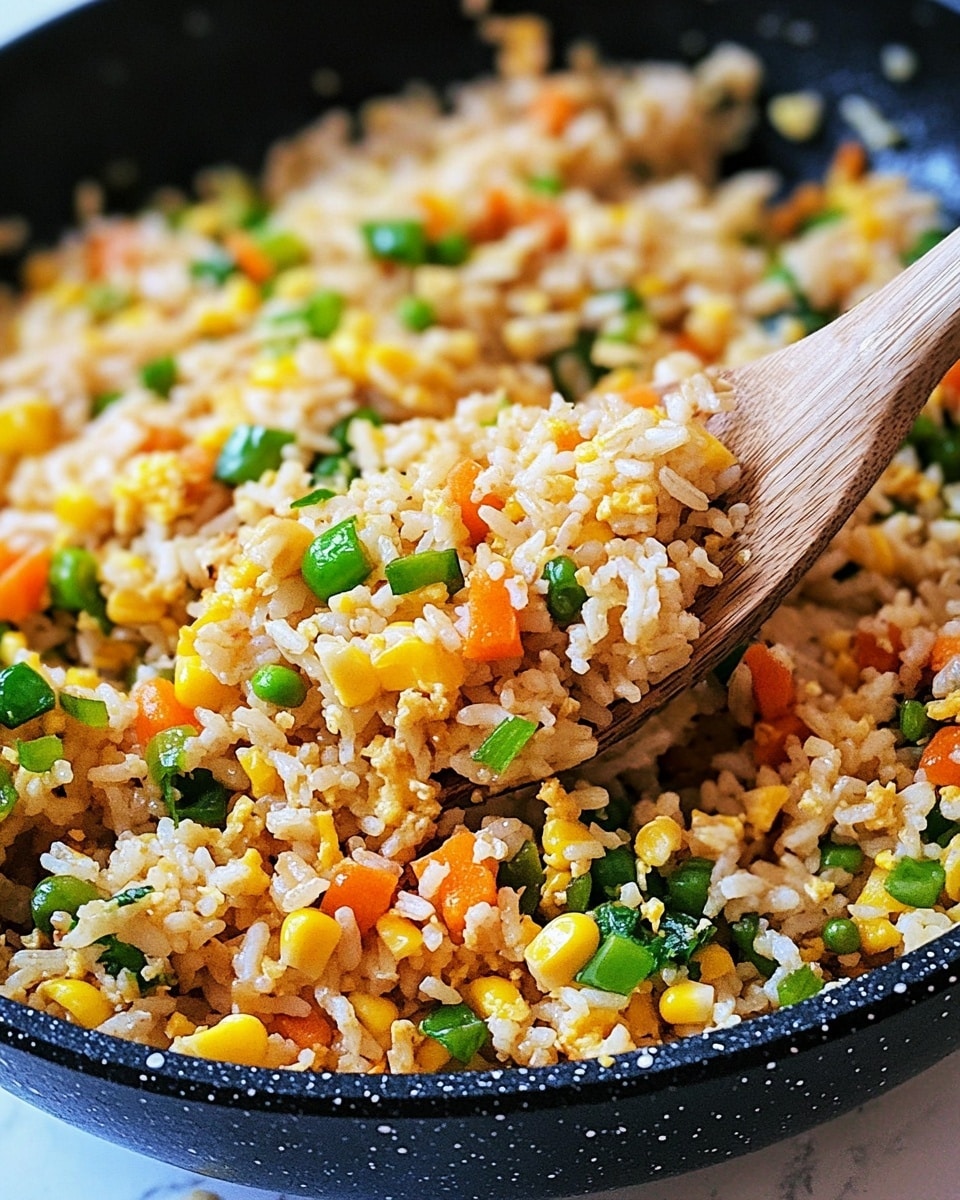
Garnishes
I keep things simple with garnishes—extra chopped green onions, a sprinkle of toasted sesame seeds, or a drizzle of chili oil if we’re craving heat. Sometimes I like a handful of fresh cilantro or some crunchy fried shallots to give that little bite of texture and freshness.
Side Dishes
This fried rice pairs beautifully with easy sides like steamed or roasted veggies, dumplings, or even a light Asian cucumber salad. For a protein-packed meal, a simple stir-fried chicken or sweet and sour tofu on the side completes the spread nicely.
Creative Ways to Present
For special occasions, I’ve shaped the rice into little mounds using a small bowl or a ring mold for a polished look. You can also serve it in individual lettuce cups or alongside colorful bowls of dipping sauces to make things fun and interactive.
Make Ahead and Storage
Storing Leftovers
I like to cool leftover egg fried rice completely before transferring it into an airtight container. It keeps well in the fridge for up to 3 days and reheats beautifully with just a splash of water added before warming to keep it moist.
Freezing
While I don’t freeze fried rice very often because it’s so quick to make fresh, it can be frozen in portions. Just thaw overnight in the fridge before reheating. Keep in mind the texture might soften a bit, so fresh is always better!
Reheating
Reheat your leftover egg fried rice in a hot skillet or wok with a little oil and water to help steam and loosen the grains. This brings back the fluffy, delicious texture much better than using a microwave alone.
FAQs
-
Can I use freshly cooked rice for this Egg Fried Rice Recipe?
Fresh rice tends to be too moist and sticky for fried rice, which can result in a clumpy texture. That’s why I recommend using cold, day-old rice—it’s drier and the grains fry up nicely, staying separate and fluffy.
-
What if I don’t have vegetarian oyster sauce?
If you don’t have vegetarian oyster sauce, you can substitute with hoisin sauce or a mix of soy sauce and mushroom sauce to maintain the umami richness. Just adjust the quantity to your taste since these alternatives can be sweeter or saltier.
-
How do I keep the eggs tender and not rubbery?
The trick is to add the eggs to hot oil and let them sit undisturbed for about 30 seconds before stirring. This helps the eggs cook gently and stay soft, rather than overcooked and rubbery from constant stirring.
-
Can I make this recipe vegan?
Absolutely! Simply replace the eggs with scrambled tofu or just omit them. You can also use vegan oyster sauce and make sure your soy sauce is vegan-friendly. Add extra veggies or plant proteins to keep it hearty.
Final Thoughts
This Egg Fried Rice Recipe holds a special place in my kitchen because it’s so reliable and universally loved in my family. Every time I make it, it feels like a little victory—a filling, flavorful dish made with minimal fuss. I really hope you try it and enjoy how the simple ingredients come to life with a few easy steps. Trust me, once you get the hang of this, it’ll be your quick fix comfort food whenever you need a tasty meal fast!
Print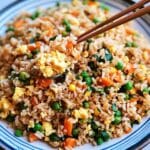
Egg Fried Rice Recipe
- Prep Time: 5 mins
- Cook Time: 20 mins
- Total Time: 25 mins
- Yield: 4 servings
- Category: Main Course
- Method: Stovetop
- Cuisine: Chinese
- Diet: Vegetarian
Description
A quick and flavorful Egg Fried Rice recipe combining scrambled eggs, fresh green onions, and mixed vegetables with savory soy and vegetarian oyster sauces. Perfect as a satisfying meal or side dish, this classic fried rice uses cold cooked rice for the ideal texture and comes together in just 25 minutes.
Ingredients
Rice and Vegetables
- 4–5 cups Cold Cooked Rice
- 2 cups Frozen Vegetables
- 6 Green Onions, chopped (separate whites and greens)
Egg Mixture
- 5 Whole Eggs
- 1 tsp White Pepper (divided)
- Salt, to taste
Sauces and Seasoning
- 1 tsp Sugar
- 2.5 tbsp Vegetarian Oyster Sauce
- 1.5 tbsp Soy Sauce
Cooking Oil
- 5 tbsp Oil (vegetable or neutral oil preferred)
Instructions
- Prepare the Egg Mixture: In a bowl, whisk together 5 whole eggs, 1 tsp white pepper, and salt to taste until fully combined and slightly frothy to ensure fluffy scrambled eggs.
- Heat the Oil and Cook Egg: Heat 5 tbsp of oil in a large pan or wok over medium-high heat until hot. Add the white parts of the chopped green onions, cooking briefly to release their aroma. Quickly pour in the whisked eggs and let them sit undisturbed for 30 seconds.
- Scramble Eggs: Using a spatula, gently break the eggs apart and scramble them for 2-3 minutes until just cooked through but still moist.
- Add Vegetables: Add 2 cups of frozen vegetables to the pan with the eggs. Continue scrambling and stirring the mixture for 1-2 minutes until the vegetables are heated through.
- Add Rice and Season: Increase the heat to high. Add cold cooked rice to the pan along with 1 tsp white pepper, 1.5 tbsp soy sauce, 2.5 tbsp vegetarian oyster sauce, and 1 tsp sugar. Stir and sauté the mixture for 2-3 minutes, combining all flavors and evenly heating the rice.
- Add Green Onion Greens: Finally, stir in the green parts of the chopped green onions. Sauté for an additional 1-2 minutes to incorporate freshness and a subtle onion flavor.
Notes
- Using cold cooked rice is essential to prevent clumping and achieve the best fried rice texture.
- Feel free to customize the frozen vegetables based on your preference or seasonal availability.
- Vegetarian oyster sauce provides a rich umami flavor that can be substituted with regular oyster sauce if not vegetarian.
- Adjust soy sauce and salt according to your taste preference; some soy sauces can be saltier.
- For extra protein, consider adding cooked shrimp, chicken, or tofu.
Nutrition
- Serving Size: 1 cup
- Calories: 320
- Sugar: 3g
- Sodium: 700mg
- Fat: 14g
- Saturated Fat: 3g
- Unsaturated Fat: 10g
- Trans Fat: 0g
- Carbohydrates: 36g
- Fiber: 3g
- Protein: 10g
- Cholesterol: 185mg

